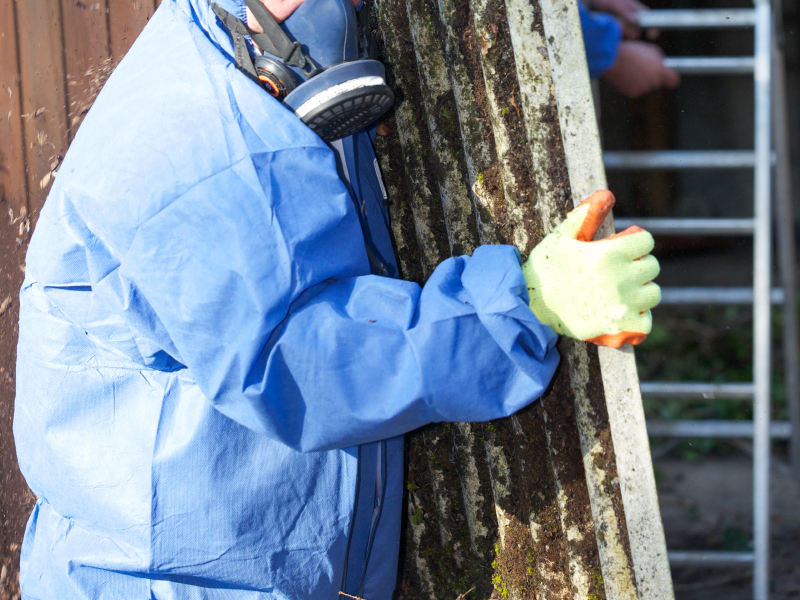
|
Four of the deaths occurred during tank gauging and five while collecting samples. The workers who died while collecting samples were all truck drivers.
However, there are steps that both employers and workers can take to mitigate petroleum vapor exposure when opening storage tank hatches.
What can employers do?
There are four key steps employers can take to reduce the chance of death or injury to workers from inhaling petroleum vapors when opening tank hatches.
Step 1: Conduct exposure and hazard assessments at worksites. Such assessments will help you determine the need for engineering controls, respirators, and other personal protective equipment (PPE), and monitoring devices such as multigas meters. It is important to note that the CDC study pointed out that only one of the nine workers whose death was highlighted in the report was known to have been provided a respirator, but it had not been fit-tested. Even in that case, the respirator provided was not suitable for high concentrations of petroleum or oxygen deficiency.
Step 2: Make sure the required and adequate training is conducted. Training for oil and gas workers includes hazard communication, proper use of PPE, procedures when working alone, uses and limits of respiratory protection equipment, tank gauging practices, emergency response, the uses and limits of toxic and multigas meters, and how to recognize ignition sources.
Step 3: Where necessary, implement engineering controls. Such controls include, but are not limited to, remote or auto gauging, remote venting, and closed loop systems.
Step 4: Work with subcontractors on tank safety measures. Ensure and verify that your subcontractors are following work practices and procedures that prevent workers from inhaling petroleum vapors when working on tanks.
What can workers do?
There are four keys steps that oil and gas workers can take to mitigate their exposure to petroleum vapors when opening tank hatches.
Step 1: Follow your employer’s established work practices and procedures for working with petroleum storage tanks. If you are not aware of hazard assessments done at your worksite or if you know that they have not been conducted, make inquiries. If your employer has conducted hazard assessments at your worksite, make sure to heed all work practices and procedures derived from the assessments. Such work practices can include, but are not limited to:
- Stopping the flow into tanks before gauging, if possible;
- Using equipment, such as toxic and multigas meters and PPE, that is provided;
- Avoiding leaning over open tank hatches; stand away or upwind when possible;
- If you are working alone, follow your employer’s “lone worker” policy and inquire if you are not aware of such a policy;
- Allowing tanks to ventilate after opening thief hatches (i.e., the closable opening on atmospheric tanks, used to sample the tank contents); and
- Knowing the limits of your respiratory protection, which should have been provided to you during training.
Step 2: Wear the PPE that has been provided to you. The only other thing that can be said about this, is that if you are not provided the proper PPE for opening tank hatches, inquire about it.
Step 3: Know potential ignition sources. Aside from insuring proper grounding, be aware of all potential ignition sources. These include, but may not be limited to, your cell phone, static, sparks from tools or metal objects, open flames, and nonapproved electrical equipment or devices.
Step 4: Stop working of you are not sure of something or think the job is unsafe. Evacuate an unsafe work area immediately and report the problem. Also, immediately report any health symptoms.
